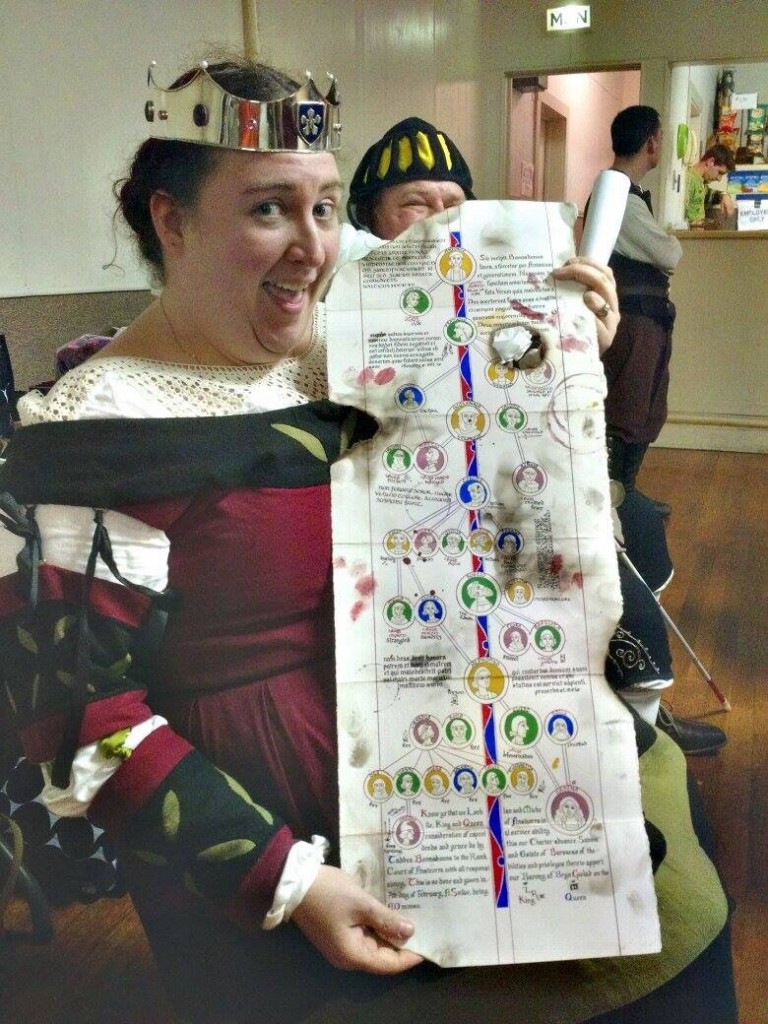Tutorial: Prick and Pounce
I’ve had a lot of people interested in how I transfer my patterns to fabric for embroidery. I use a technique (one that’s completely period, actually!) called pricking and pouncing. Basically, you poke holes in paper to make a design template, then shake colored powder on the design. When you lift the template, it gives […]
Tutorial: Prick and Pounce Read Post »

